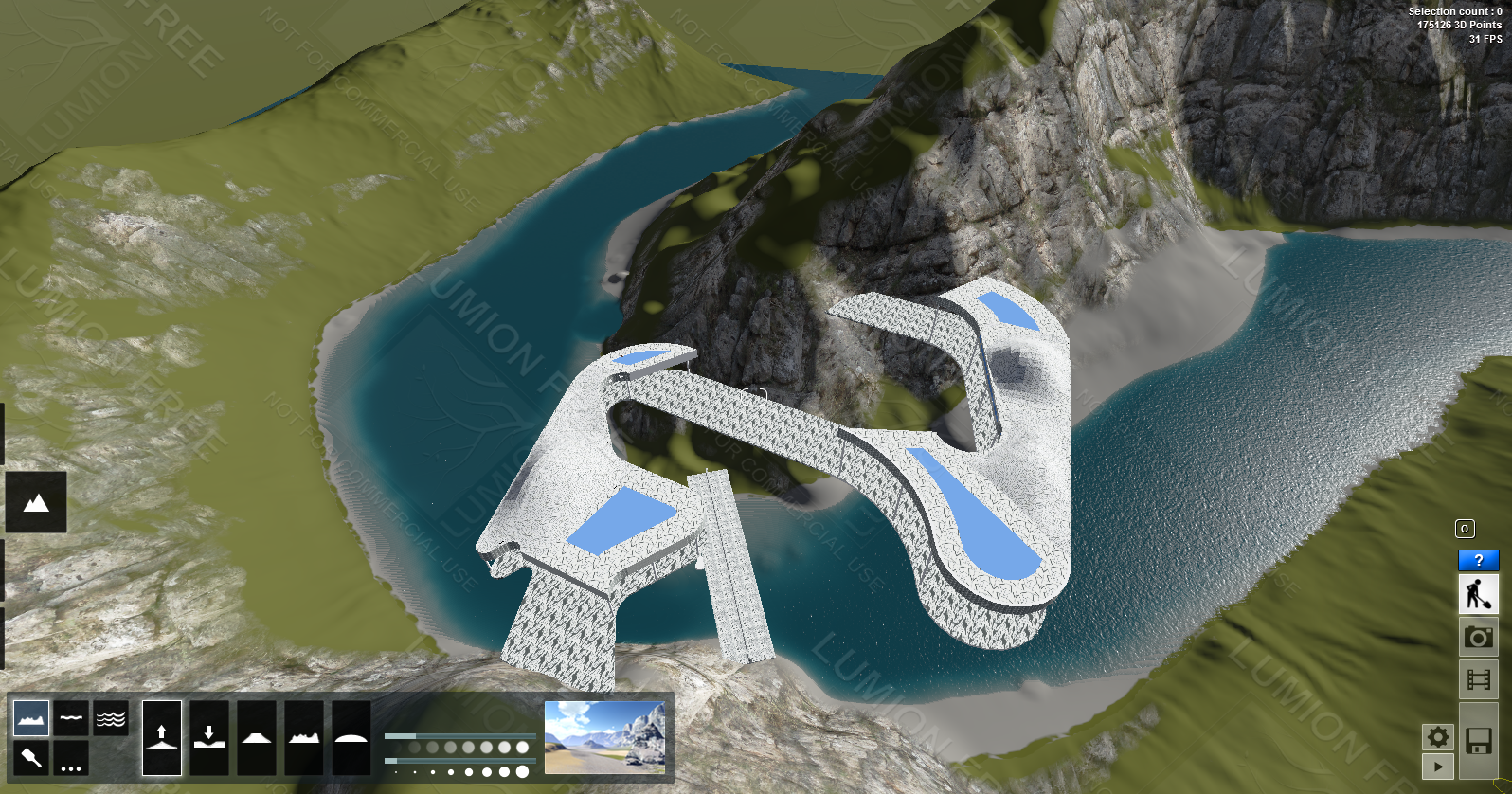Three phrases chosen:
Architecture begins where engineering ends
Form ever follows function
Architecture must burn
Form and
function exists as a flow rather than a causal relationship. Form follows
function implies a causal relationship between form and function, where form
ever follows function implies a delicate balance and a need for both to be
emphasized. We want architecture that has more to offer. Architecture that
bleeds, exhausts, that turns and even breaks, as far as I am concerned.
Architecture that glows, that stabs, that tears and rips when stretched.
Architecture must be precipitous, fiery, smooth, hard, angular, brutal, round,
tender, colorful, obscene, randy, dreamy, en-nearing, distancing, wet, dry and
heart-stopping. Function often accommodates form. Dead or alive. If it is cold, then cold as a
block of ice. If it is hot, then as hot as a tongue of flame. Architecture must
burn! People were not looking for harmony and synthesis, but instead, they
sought fragmentation, chaos, contrast and movement in their designs. On the one
hand the architecture focuses on projecting and construction of buildings to
house human activities, while engineering allows the formalization of
infrastructure works which require live only periodically and his role is relegated
to provide a timely service to humans.“Form ever follows function” allows us to
start with our emotions, gesture or happenstance and create designs where we
can conceive of something that is completely impossible and somehow figure out
how to make it function.
Summarizing
Form and function exists as a flow rather than a causal relationship. Function often accommodates form. Functional designs make impossible form useful and actrul.
Architecture burns: Designs is more about fragmentation, chaos, contrast and movement but rather than harmony and synthesis.
Architecture vs Engineering: Architecture should incorporates all of the engineering disclipines and puts them into use in an asthetically appealing form or function.
Theory
Designs is more about fragmentation, chaos, contrast and movement but rather than harmony and synthesis. The contrast between form and function with a flow relationship, staight and curve, plane and convexity, movement and motionless, floating and stable, appealing architecture and engineering disclipines.
Reference













